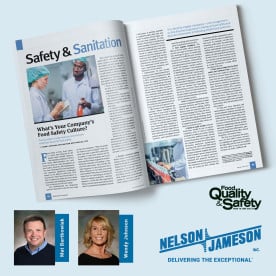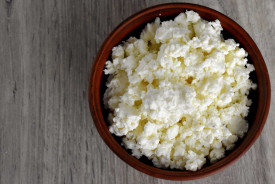Embarking on a journey through the intricacies of laboratory and QA/QC procedures requires a comprehensive understanding of the terminologies that govern these processes. This guide aims to elucidate key terms essential for professionals in the field. From industry standards like ACS (American Chemical Society) and ANSI (American National Standards Institute) to pivotal organizations such as AOAC (Association of Official Analytical Chemists) and APHA (American Public Health Association), each entry unfolds the significance within the realm of laboratory practices. Delving into Automatic Temperature Compensation (ATC), adenosine 5'-triphosphate (ATP), Biological Oxygen Demand (BOD), and Clean in Place (CIP), among others, this guide encompasses diverse facets of analytical chemistry, microbiology, and quality control. Whether exploring the intricacies of Good Manufacturing Practices (GMP), Hazard Analysis Critical Control Point (HACCP), or the Pasteurized Milk Ordinance (PMO), this compilation acts as a compass, navigating the linguistic landscape of laboratory science and quality assurance.
ACS: American Chemical Society
ANSI: American National Standards Institute
AOAC: Association of Official Analytical Chemists
APHA: American Public Health Association
ATC: Automatic Temperature Compensation
ATP: adenoisine 5'-triphosphate
Bacteriophage: Virus that affects bacterial cell, sometimes bringing about a dissolution of bacteria or cells.
BOD: Biological Oxygen Demand
Buffer: A solution containing either a weak acid and its salt or a weak base and its salt, which is resistant to changes in pH.
CIP: Clean in Place
COP: Clean out of Place
Culture: The act of succesfully growing a unique stain or a consortium of microorganisms, or a viable collection of a single strain of microorganisms which has been selectively grown.
DI: Deionization
Diluent: Fluid used to dilute a substance
Enzyme: A protein functioning as a catalyst in living organisms, which promotes specific reactions or groups of reactions.
DO: Dissolved Oxygen
FCC: Food Chemical Codex
FDA: Food and Drug Administration
GMP: Good Manufacturing Practices
HACCP: Hazard Analysis Critical Control Point
HTST: High Temperature Short Time
Membrane Filtration: The use of a non-absorbent porous membrane to trap particles (including bacteria) which allow the water to filter through. Pore sizes commonly used are of 0.22 and 0.45 microns diameter.
mL: Micro liter
N: Normal or Normality (concentration)
Neutralization: Reaction between an acid and a base which produces a neutral (pH=7) solution.
NIST: National Institute of Standards & Technology
NTEP: National Type Evaluation Program
PMO: Pasteurized Milk Ordinance
PMP: Polymethylpentene
PE: Polyethylene
PP: Polypropylene
PPB: Parts per Billion
PPM: Parts per Million
RTD: Resistance Temperature Detector
Sterile: Free of microorganisms
USP: United States Pharmacopeia
USDA: United States Department of Agriculture
UV: Ultraviolet
UHT: Ultra High Temperature
μ Or U: Micro
Shop our selection of laboratory products & QA / QC supplies.





